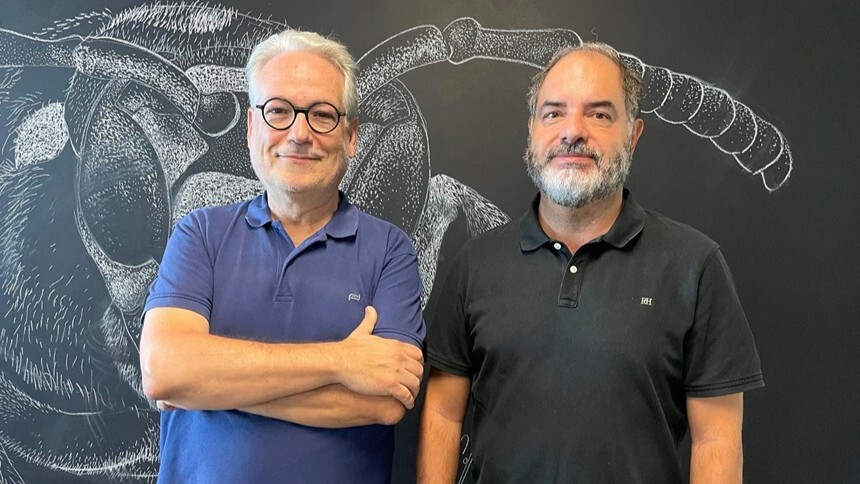Juli Peretó and Pablo Carbonell, researchers from the Institute of Integrative Systems Biology (I2SysBio), a research centre at the UV Science Park, provide a strategy to go back from the last common universal ancestor (LUCA) to the origin of life. The research, published in the British Royal Society’s Philosophical Transactions, uses the strategy of generative metabolism, a synthetic biology methodology that uses artificial intelligence algorithms to extrapolate LUCA’s metabolic capabilities into the past
Pablo Carbonell, scientific researcher at the Institute of Integrative Systems Biology (I2SysBio), located in the scientific-academic area of the Science Park (PCUV), says: "Our proposal is based on the methodologies of generative metabolism, which has a proven success in the field of synthetic biology and metabolic engineering". On the other hand, "the novelty is that these techniques can be applied to one of the great outstanding problems of the primitive evolution of life: how LUCA’s complex metabolism emerged," said Juli Peretó, also an I2SysBio researcher.
In this work it is argued that generative metabolism models, based on a set of reaction rules, open a promising way to explore the enzymatic evolution within an extended metabolic space, which includes both the metabolic reactions that are currently real and those that are possible under given environmental conditions. "By understanding this full range of possible reactions, we can make more detailed hypotheses about the origins of life," the researchers point out.
"You can trace the evolution of enzymes through the tree of life to LUCA and map the ancestral genes that possibly had LUCA and its corresponding groups of encoded reactions", Pablo Carbobell and Juli Peretó, researchers at I2SysBio
One of the classic problems of studying the primitive evolution of life is how the transition from prebiotic chemistry (before the appearance of life) occurred on a planet very different from the present, towards the more primitive metabolisms which made possible the evolution of the first micro-organisms. Until now, the combination of bottom-up (from chemistry to biology) and bottom-up approaches (from current metabolic diversity to LUCA) could not bridge the gap between the prebiotic world and LUCA.
"You can trace the evolution of enzymes through the tree of life to LUCA and map the ancestral genes that LUCA possibly had and their corresponding groups of encoded reactions," explain Carbonell and Peretó. With the methodologies derived from generative metabolism, the authors propose that these reaction groups we currently observe can be rewound to the set of prebiotic reactions associated with the beginnings of biological evolution.
 Cover image of the monograph in the journal Philosophical Transactions where the article "Before LUCA: unearthing the chemical roots of metabolism" is published. Photo: UV News
Cover image of the monograph in the journal Philosophical Transactions where the article "Before LUCA: unearthing the chemical roots of metabolism" is published. Photo: UV News
The article is part of a special volume of the PTRS magazine, which is dedicated to the subject "Origins of life: the possible and the actual", which collects in part the papers presented at a symposium of the Santa Fe Institute and coordinated by Ricard Solé (ICREA, Institute of Evolutionary Biology CSIC-UPF), Chris Kempes (Santa Fe Institute ) and Susan Stepney (University of York).
Source: UV News
Recent Posts


